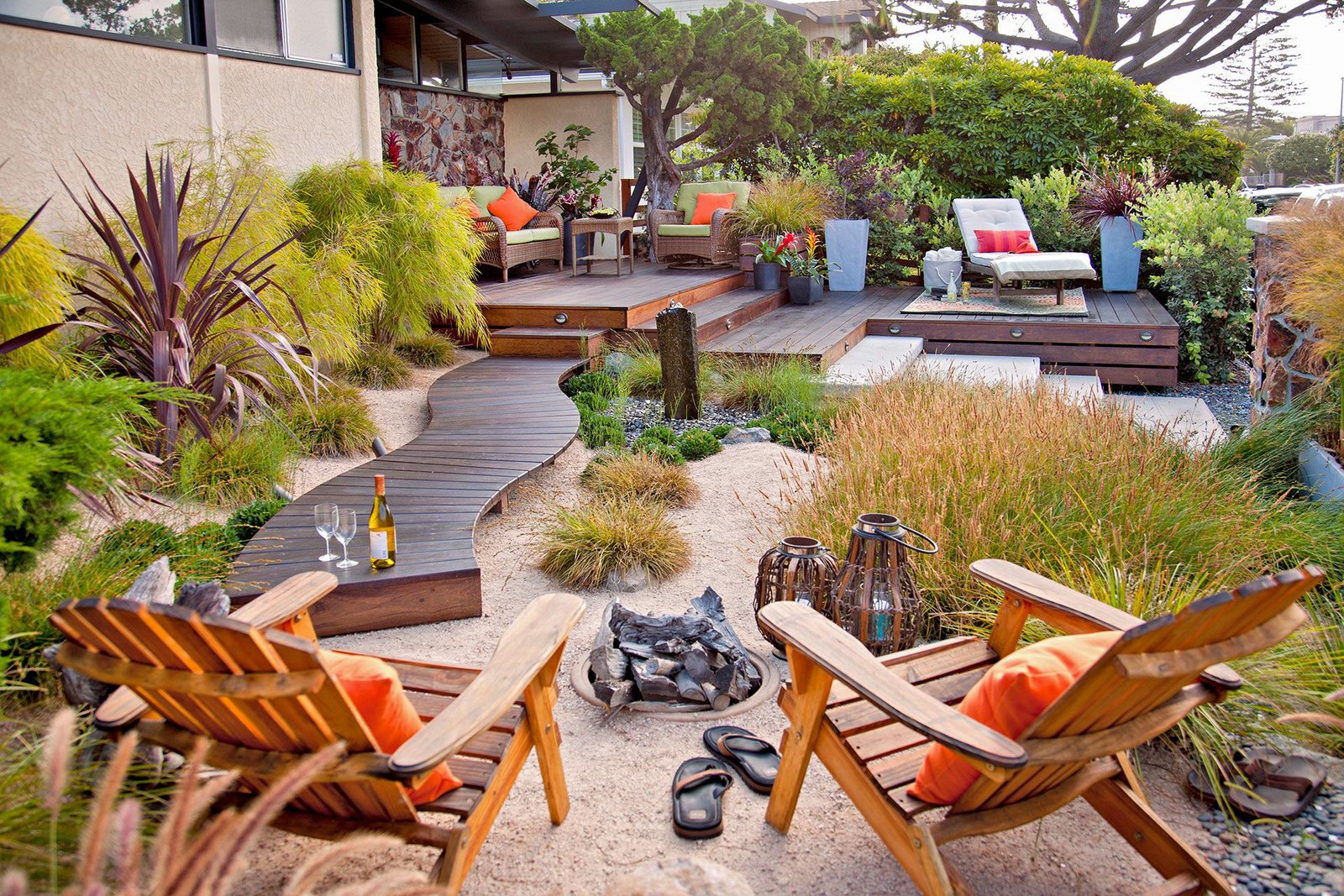Transforming an ordinary outdoor area into a functional and beautiful environment requires both creativity and technical knowledge. Landscape designers bring these qualities together to plan and execute spaces that balance natural beauty with practical use.
Understanding the Role of a Landscape Designer
Landscape designers specialize in planning outdoor areas that reflect both the environment and the owner’s vision. Their work includes selecting plants, designing patios, placing walkways, and ensuring all elements work in harmony. Whether it’s a small backyard or a large commercial entrance, the goal is to blend aesthetics with usability.
Designers often work alongside other professionals, such as builders or horticulturist,s to bring a project to life. Their creative ideas are tailored to the specific site and the client’s lifestyle.
Landscape Designers vs. Landscape Architects
While their roles may overlap, landscape designers and landscape architects differ in several key areas. Architects usually hold a professional license and work on large public or commercial projects, often including structural planning and detailed engineering. Designers, on the other hand, tend to focus more on residential or small commercial spaces and may not require formal credentials.
Designers typically prioritize the visual and practical layout of outdoor spaces, while architects handle grading plans, drainage calculations, and permit requirements for larger installations.
How to Choose the Right Landscape Designer
Finding the right designer starts with reviewing their portfolio. This gives insight into their style and experience. It’s important to choose someone who understands your goals—whether that means maximizing green space, adding a patio, or improving drainage.
Ask about their services: do they offer design-only, or do they also handle installation and maintenance? A clear line of communication from the beginning helps ensure your ideas are incorporated into the final result. Be sure to confirm the project timeline and budget as well.
Design Trends in Modern Landscaping
Today’s landscape designs are clean, practical, and sustainable. Many projects include structured patios, water features, and outdoor living areas. Native and low-maintenance plants are common, offering beauty with less upkeep.
Smart technology is also part of modern design. Automated irrigation, solar lighting, and eco-friendly materials are used to create outdoor spaces that are both high-tech and environmentally responsible.
Adapting Design to Montreal’s Climate
Montreal’s four-season climate requires thoughtful planning. Materials must endure freezing winters and humid summers. That means using weather-resistant pavers and tiles, and choosing plants that can survive seasonal changes.
Designers also build with year-round appeal in mind. Evergreens, hardy perennials, and strategic layouts help keep outdoor spaces attractive even in the colder months. Seasonal maintenance, such as pruning and drainage checks, is essential for long-term success.
Drainage: A Critical Element in Landscape Planning
Proper drainage is key to protecting your property. Poor water flow can lead to mold, cracks, and water damage. Landscape designers evaluate land slopes and soil conditions to guide water away from structures.
French drains and grading are two common solutions. These features redirect water efficiently, preserving both the landscape and the foundation of buildings. Including proper drainage from the start ensures your landscape investment remains intact.
Enhancing Curb Appeal and Property Value
A well-designed landscape improves more than appearance—it increases property value. Front yards benefit from clean lines, walkways, and welcoming greenery. Backyards can be transformed into living spaces with dining areas, gardens, or tranquil retreats.
By combining beauty with functionality, a landscape designer creates spaces that add long-term value and enjoyment.
